Rain, wind or cold – when nature throws the elements at you, the logical thing to do is to put on a jacket. But which jacket exactly? Beyond the differences between the two broadest categories of outdoor jacket – shells and insulated jackets – outer layers can have different types of insulation, different types of shell material, and different features. This gear guide aims to make these decisions a little easier by looking at the most common types of outdoor jacket, explaining their strengths and limitations, and listing their intended uses. Read on, and you’ll soon be able to make a much more informed decision about your next jacket, regardless of whether you’re going to wear it on an alpine summit push or just around the campfire.
Note: This is just one article in a whole series on how to choose outdoor clothing. If you haven’t already read the introductory article on how to layer outdoor clothing, that’s a good one to read next. After that, I go into what to look for in a rain jacket and then the differences between Primaloft and down.
Insulated jackets
To keep you warm, a jacket has to trap body heat, and no garment is better at that than a down or synthetic fill puffer. That said, a good fleece jacket can provide effective insulation in more moderate temps or when you’re working up a sweat.
Fleece pullover or jacket
As an insulating layer, fleece wins on three fronts: It’s very breathable and effective at wicking moisture away from inner layers; it retains some insulating power even when damp; and it dries quickly. Its only downsides are that it is not windproof or water resistant, although some fleece jackets, like Patagonia’s R1 TechFace hoodie, have a durable, DWR-treated polymer ‘face’ to help them shed water and block wind. Without this ‘hardface’, fleece jackets work better as middle layers or as fair weather outer layers. The only other thing to be aware of when buying a fleece jacket is the weight or level of insulation. Lightweight fleeces have fabrics that weigh 100 grams per square meter, while mid weight fleeces are 200 g/m² and heavy weight fleeces are 300 to 200 g/m².
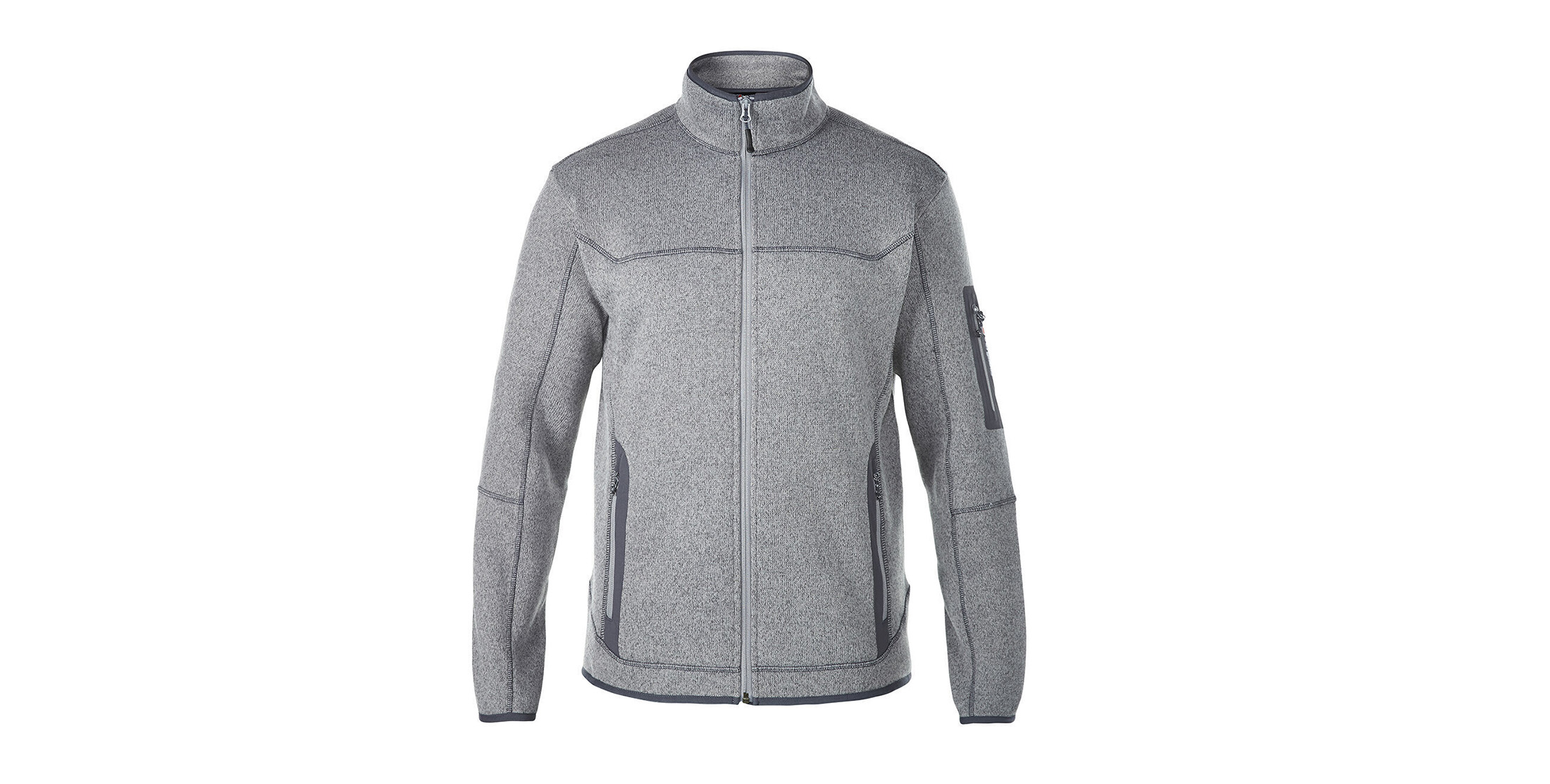
Synthetic puffy jacket
Puffy jackets are very warm and are best reserved for periods of inactivity – like chilly belays and loafing around camp. Beyond that, it’s good to know that the different types of insulation (down and synthetic fill) have their own strengths and weaknesses and perform best in different conditions. Although not as warm or light as down, synthetic insulation retains its insulating properties even when damp and dries faster, making it a better choice if you cannot guarantee that you’ll be able to keep your jacket dry. Premium synthetic fill like Primaloft Gold weighs about the same as low quality down and about 60 grams more than high-end down when used to fill the same jacket – a small price to pay for damp-proof warmth.
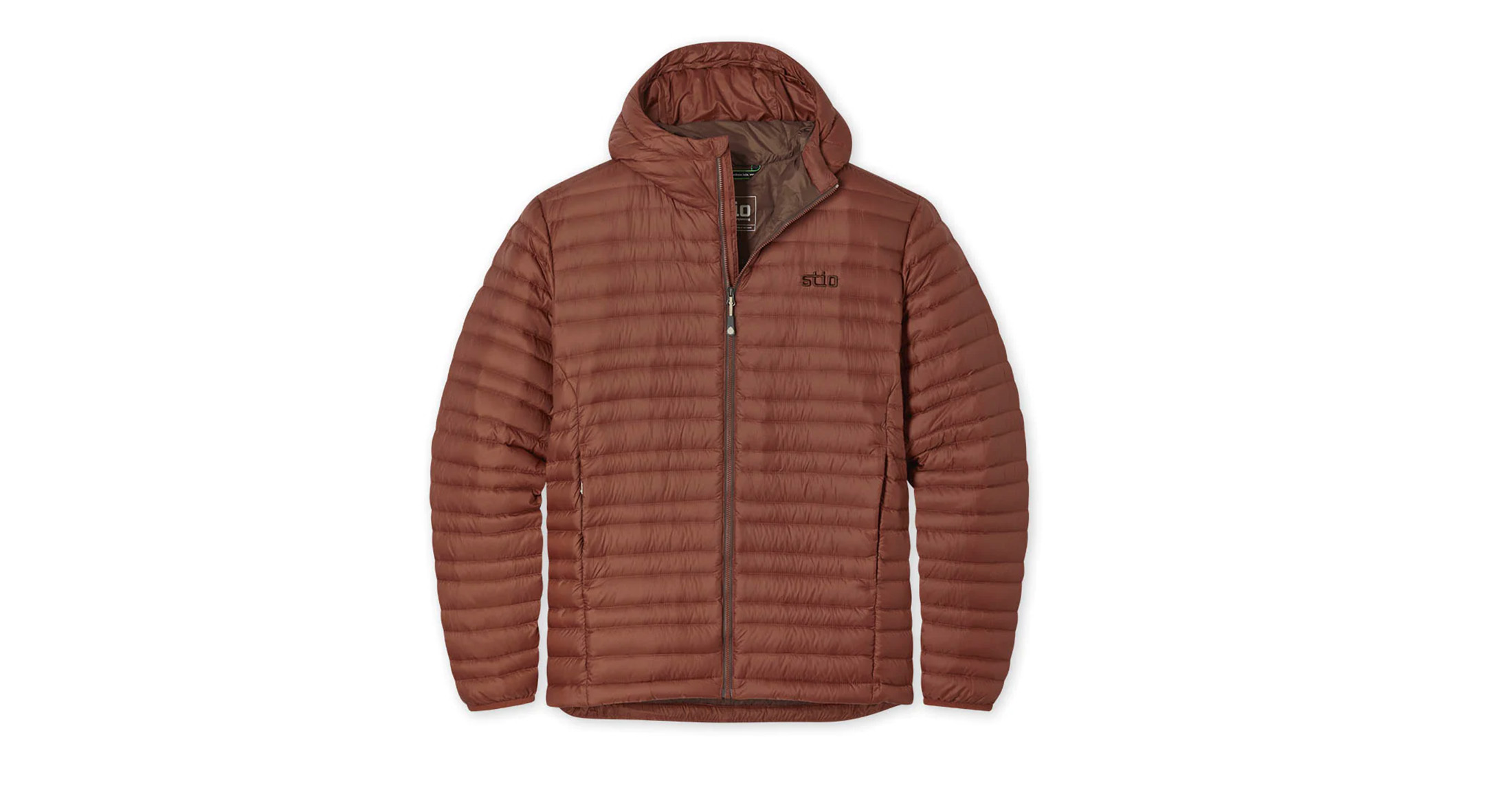
Down puffy jacket
Creating more loft than any other type of fill, high-quality down offers an unparalleled warmth-to-weight ratio and is very compressible. However, this wonderful insulation is not without its downsides. The biggest drawback for many people is that it loses its insulating properties when wet, making it a poor choice if you expect to wear your jacket in anything more than a brief drizzle. Others will be put off by the fact that it is an animal product, although the Responsible Down Standard now makes it easier to identify gear filled with down that has been ethically sourced. The qualify or warmth-to-weight ratio of down is specified as fill power. Down with a fill power of 900 is 50% lighter or warmer than down with a fill power of 600.
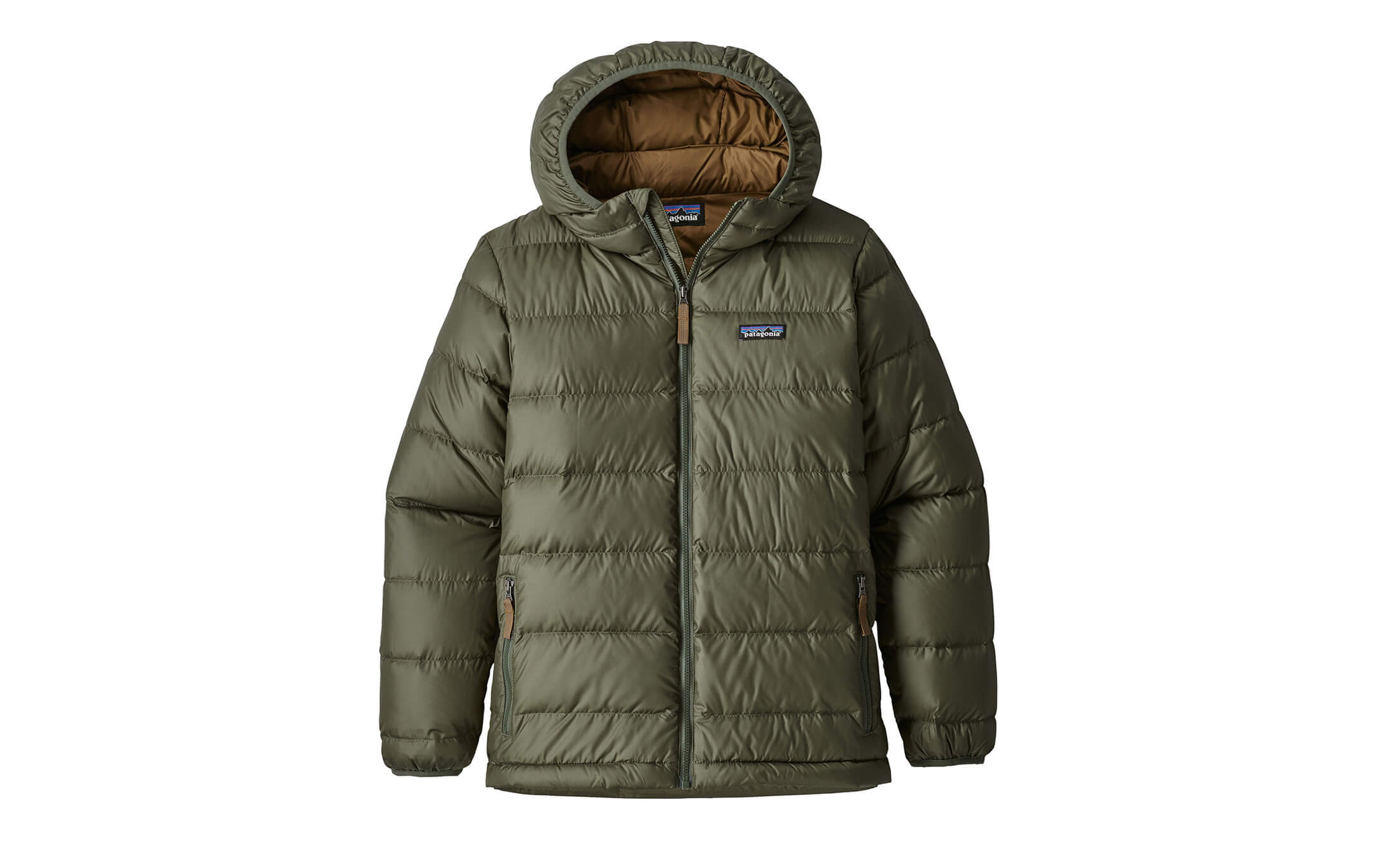
Non-waterproof shells
It’s going to be cold, and it’s going to be windy. But you don’t expect any rain – at least nothing more than a drizzle. In such conditions, you’ll want to save weight and ensure optimum breathability in your outer layer. These are the two jackets most likely to tick those boxes.
Wind shells
A wind shell, as the name suggests, is good for blocking wind and little else. Light and very breathable, this type of outer layer is a good choice if you’re trying to keep weight and bulk down (a priority for runners) and you don’t anticipate rain. The average windshell weighs only a fraction of what a hardshell does (3 – 5 oz / 85 - 140 g) and can squeeze into a stuff sack no bigger than a small potato. Just keep in mind that this gossamer thin minimalism comes at cost in terms of functionality. If you expect anything more than a drizzle, it would be wise to go with a rain shell or, if you need a little insulation, even a membrane soft shell. Although not as breathable as a wind shell, these options will do a better job of keeping you dry when the sky opens.
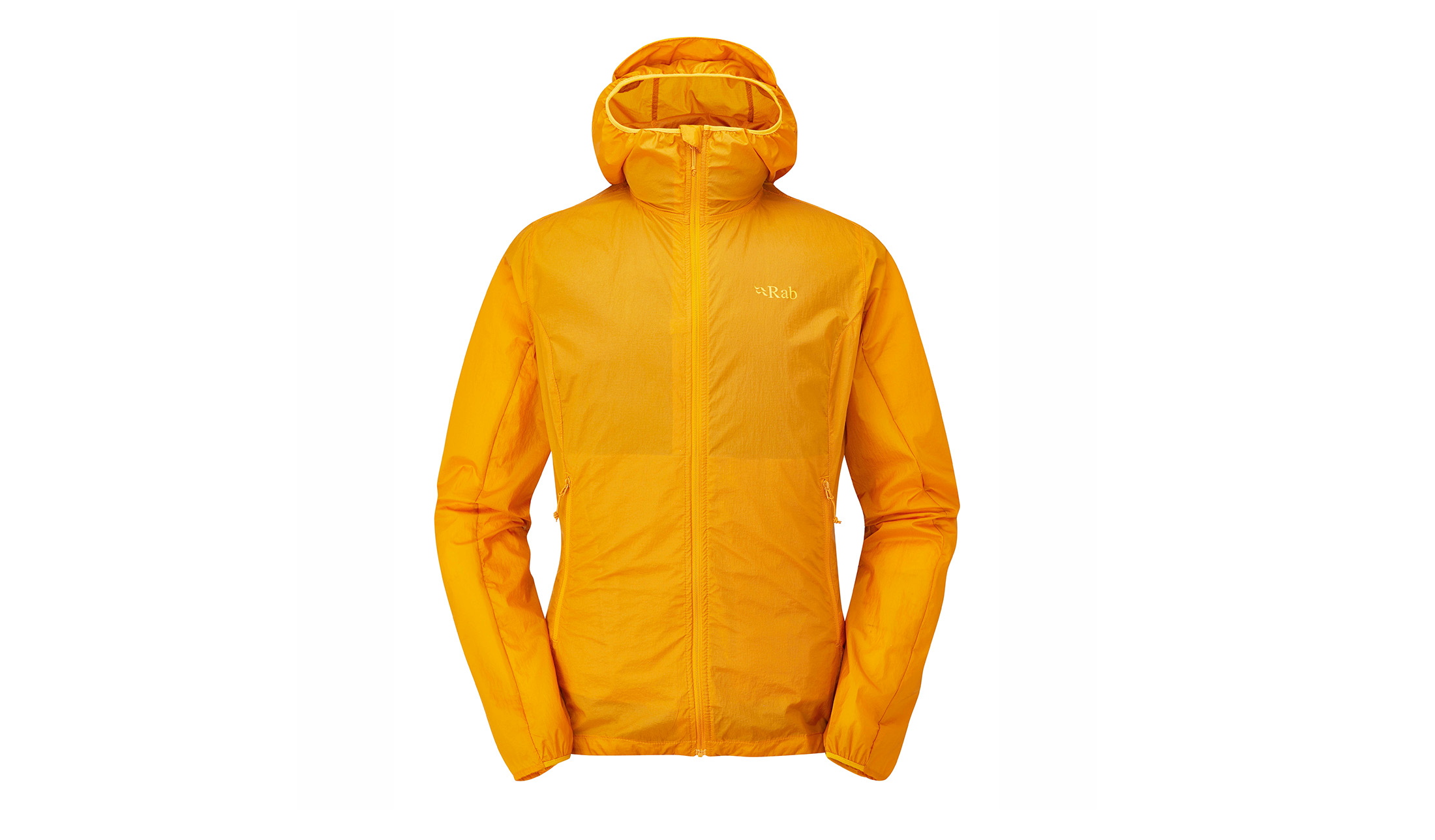
Soft shells (stretch woven)
Soft shell jackets come in two types: stretch-woven jackets and membrane jackets. Stretch-woven soft shells are made from fabrics that are stretchy and breathable. This gives them an advantage in aerobic activities where freedom of movement and breathability are more important than absolute weather protection – most only have a water-repellent coating and are good only for light rain. Besides being a good choice in cold and dry conditions, a stretch-woven softshell can be used as a mid layer when activity is at a lower intensity. Many soft shells have an inner fleece lining and offer a little more warmth and comfort than a hard shell. Soft shells typically weigh between 7.5 and 11 ounces (210 - 340 g).
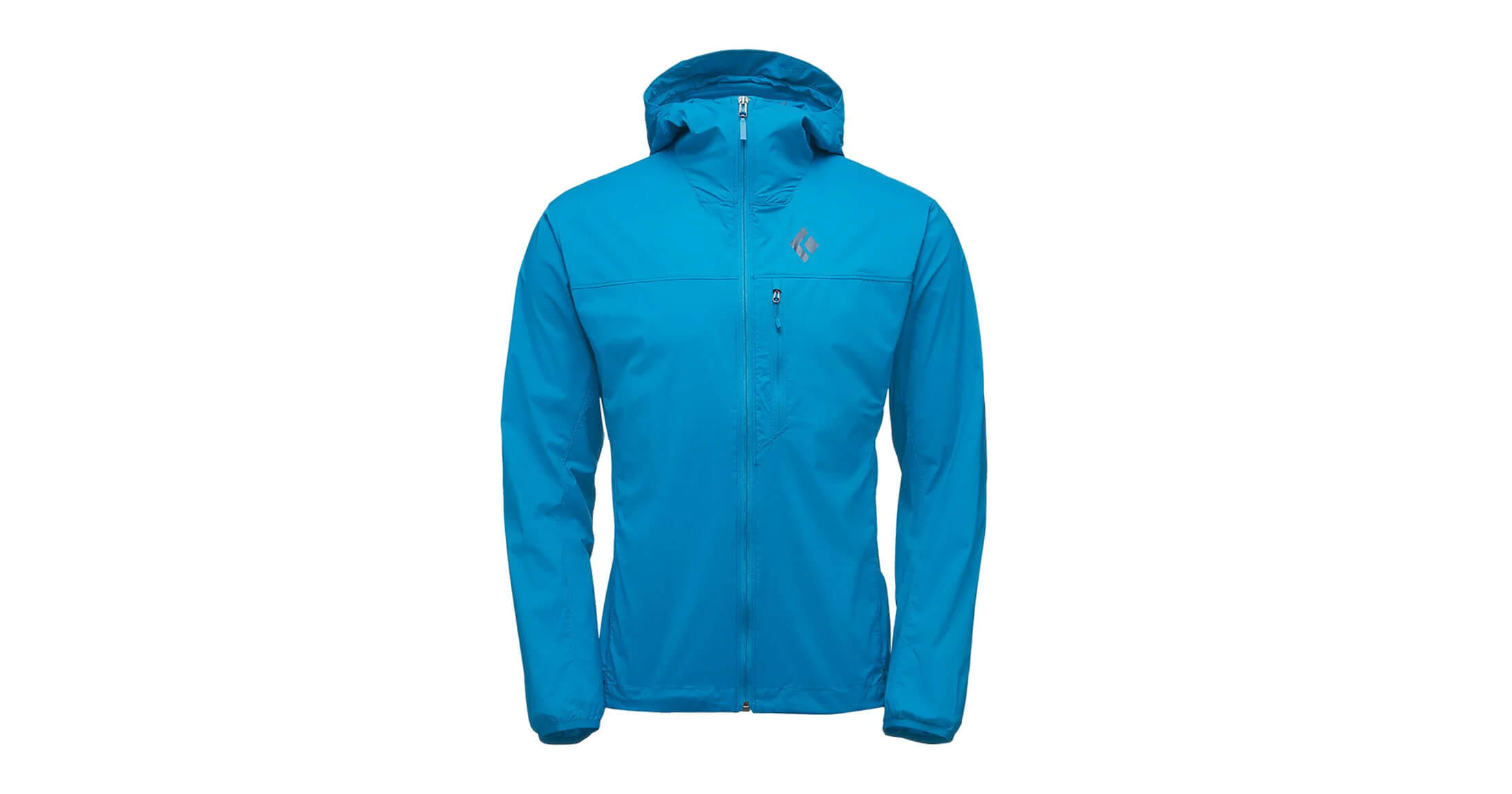
Water-repellent and waterproof shells
When there is rain in the forecast, you need to be able to count on your outer layer to keep you dry. In such situations there are three types of rainwear that could fit the bill.
Soft shells (membrane)
Whereas a stretch-woven soft shell jacket only has a water repellent coating, a membrane softshell has a waterproof-breathable membrane sandwiched between the inner and outer layers of fabric. The additional weathproofness afforded by this additional barrier makes membrane jackets better suited to less favorable conditions than a stretch-woven jacket. But they’re still not 100% waterproof as the seams are not taped. In sustained and heavy rain, water can still soak through the seams to reach the inner layer. So, while a membrane jacket provides more protection than a stretch-woven jacket, it doesn’t provide the full protection of a hard shell, which is a better option in sustained and heavy rain. On the other hand, a softshell is more breathable than a hard shell and is better at preventing a build up of perspiration.
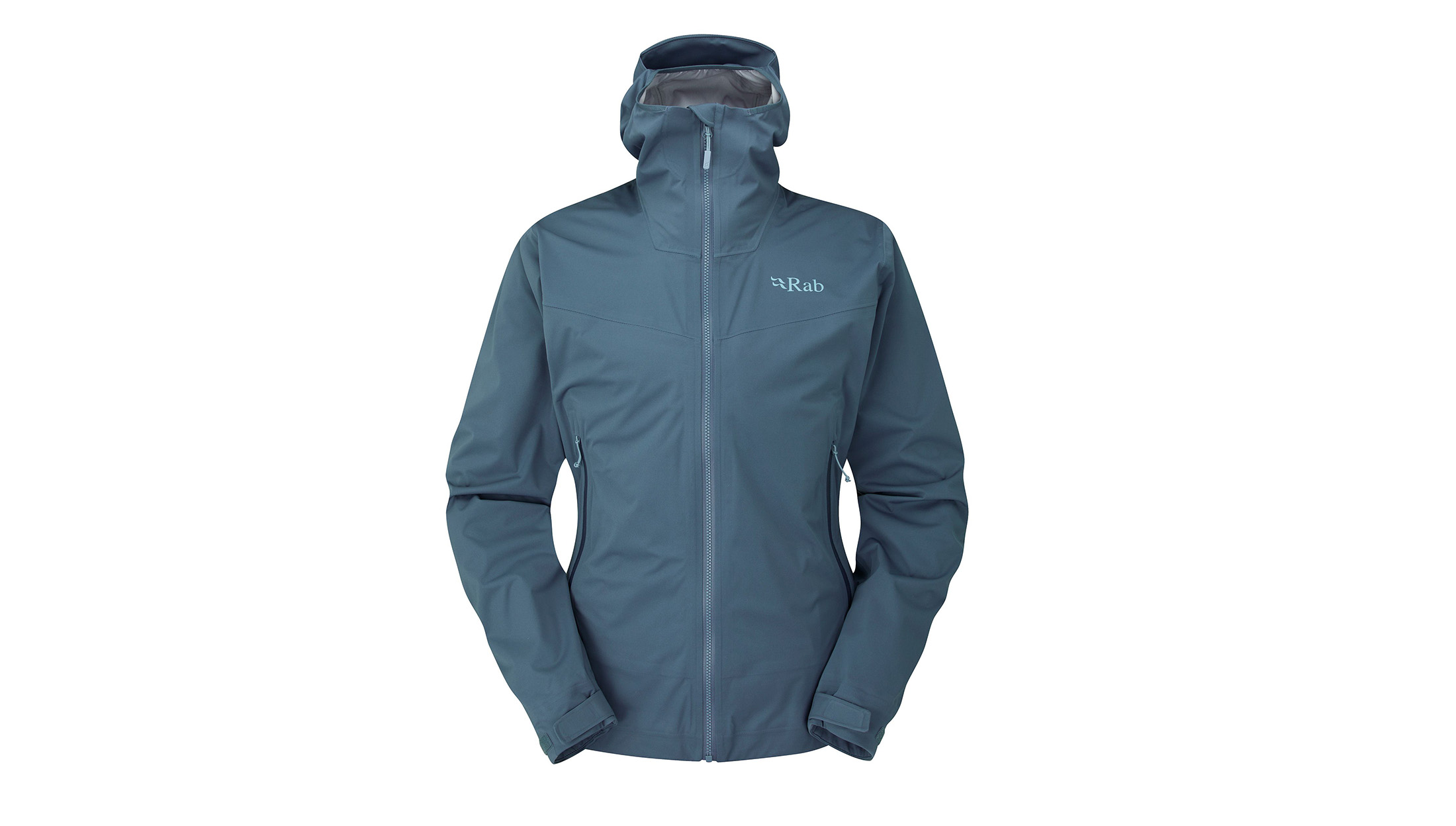
Rain shells
Featuring a waterproof-breathable membrane but without the inner layer found on hard shells, rain shells (also known as ‘rain jackets’) typically use a 2-layer or 2.5 layer design to cut weight and cost. This makes them generally less breathable and durable than hard shells although performance can vary depending on their intended use. Lighter rain shells, like those designed for running, can become less breathable in sustained or heavy rain, while heavier rain jackets will perform as well as a hard shell. 2L rain shells typically have a thin, often-loose layer of fabric on the inside for added durability and better next-to-skin comfort, while 2.5L shells forgo a separate lining. In recent years a few 3L shells have been marketed as rain jackets, blurring the line between rain shells and hard shells. The lightest rain jacket weighs around 6 ounces (170 g) while the heaviest weight around 11 ounces (310 g).

Hard shells
For maximum durability and protection in extreme weather, there’s no better type of outer layer than a hard shell. Almost all hard shells are made with some kind of 3-layer fabric that sandwiches a waterproof-breathable membrane between a durable outer layer and a protective inner lining. Gore-Tex is the most popular choice of fabric here, but eVent is just as good if not better, as are the proprietary fabrics made by the likes of Patagonia and Fjällräven. Although these waterproof fabrics are still considered breathable, they aren’t nearly as breathable as the fabrics used in stretch-woven soft shells. To help prevent the build up of perspiration, many hard shells are designed with pit zips that can be opened when things start to get a bit sweaty. To round off their weatherproofing, hard shells also have sealed seams, wrist and hem closures, and fully adjustable hoods – everything you’d expect from a garment designed to protect you from everything that nature can throw at you.
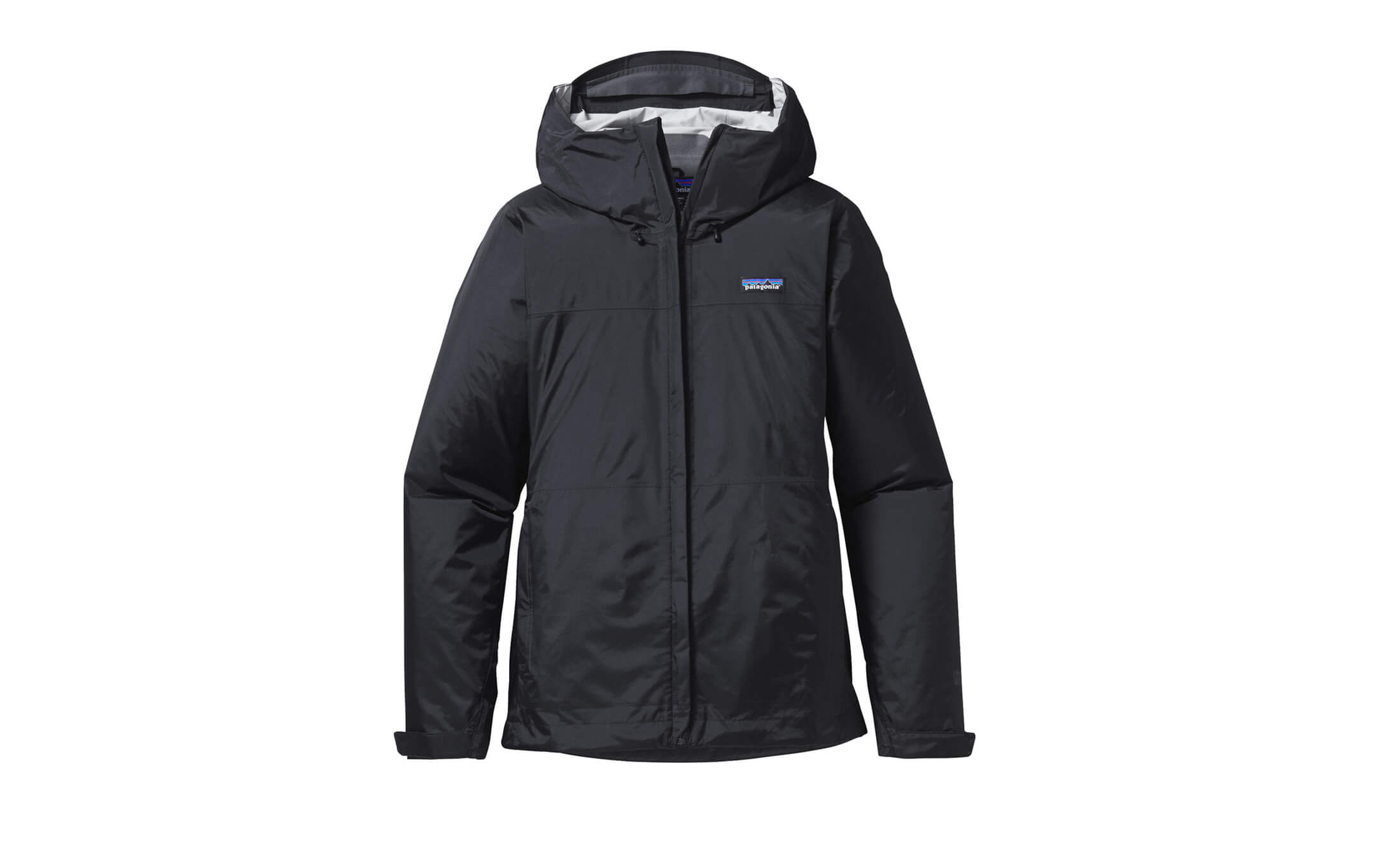
How to use outdoor jackets in a layering system
The goal in layering is to regulate your body temperature by adding and removing layers as the weather conditions and exertion level change. To achieve this objective, a layering system has to do three things: wick away moisture, trap the right amount of heat, and keep out rain and snow. Outdoor jackets are largely involved in the latter two. Insulated jackets and non-waterproof jackets offer varying degrees of insulation (and wind resistance) while water-repellent and waterproof jackets are designed to keep you dry. However, these clearly denied roles don’t make layering decisions as easy as ‘if it’s raining put on a hard shell’.

To choose the right layers for the current weather conditions and level or exertion, you also have to consider how much body heat you are generating and the potential for perspiration. If the rate at which you sweated exceeded the moisture-wicking capabilities of your middle layers and base layer, you could very quickly become damp and cold. Of course, knowing how much insulation you need in different conditions requires some trial and error, and you will have to do some experimenting to figure out what to wear when and how to wear those layers (Many hard shells have multiple zips to improve ventilation when it’s needed). Conventional wisdom states that it is better to start an activity underdressed and then add more layers if your initial layers don’t offer enough insulation.
Get more advice from this gearhead
You now have everything you need to know about outdoor jackets. Well, almost everything. If your next purchase is going to be some kind of waterproof jacket, you might benefit from reading more about how to choose rainwear. And if you’re in need of a new puffer jacket, you might want to learn about the differences between down and synthetic insulation. You’ll find all of this and more right here. Just look under GEAR in the Outdoor life category and you’ll find many more articles with topics ranging from how to layer outdoor clothing to how to choose a good campsite.
